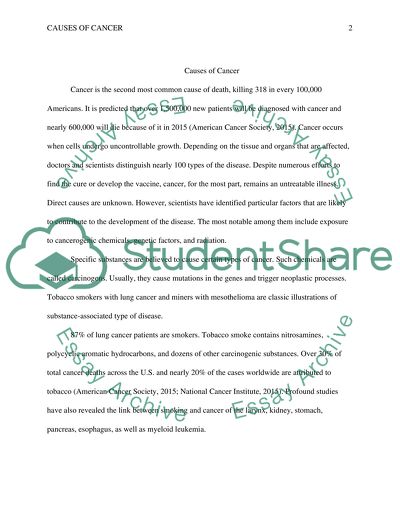Cite this document
(“Causes Of Cancer Essay Example | Topics and Well Written Essays - 1000 words”, n.d.)
Retrieved from https://studentshare.org/english/1682959-causes-of-cancer
Retrieved from https://studentshare.org/english/1682959-causes-of-cancer
(Causes Of Cancer Essay Example | Topics and Well Written Essays - 1000 Words)
https://studentshare.org/english/1682959-causes-of-cancer.
https://studentshare.org/english/1682959-causes-of-cancer.
“Causes Of Cancer Essay Example | Topics and Well Written Essays - 1000 Words”, n.d. https://studentshare.org/english/1682959-causes-of-cancer.


